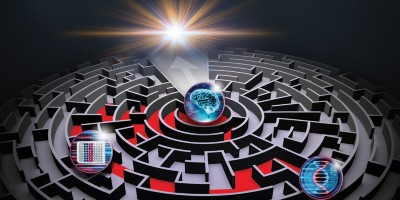References
Miyawaki, S. et al. A new mutation, aly, that induces a generalized lack of lymph nodes accompanied by immunodeficiency in mice. Eur. J. Immunol. 24, 429–434 (1994).
Macpherson, A.J. et al. Primitive T cell-independent mechanism of intestinal mucosal IgA responses to commensal bacteria. Science 288, 2222–2226 (2000).
Karrer, U. et al. On the key role of secondary lymphoid organs in antiviral immune responses studied in alymphoplastic (aly/aly) and spleenless (Hox11−/−) mutant mice. J. Exp. Med. 185, 2157–2170 (1997).
Lakkis, F.G. et al. Immunologic 'ignorance' of vascularized organ transplants in the absence of secondary lymphoid tissue. Nature Med. 6, 686–688 (2000).
Fagarasan, S. et al. Alymphoplasia (aly)-type nuclear factor κB-inducing kinase (NIK) causes defects in secondary lymphoid tissue chemokine receptor signaling and homing of peritoneal cells to the gut-associated lymphatic tissue system. J. Exp. Med. 9, 1477–1486 (2000).
Banks, T.A. et al. Lymphotoxin-α–deficient mice. Effects on secondary lymphoid organ development and humoral immune responsiveness. J. Immunol. 155, 1685–1693 (1995).
Futterer, A. et al. The lymphotoxin β receptor controls organogenesis and affinity maturation in peripheral lymphoid tissues. Immunity 9, 59–70 (1998).
Fu, Y.X. et al. Lymphotoxin-α-dependent spleen microenvironment supports the generation of memory B cells and is required for their subsequent antigen-induced activation. J. Immunol. 164, 2508–2514 (2000).
Fu, Y.X. et al. Development and maturation of secondary lymphoid tissues. Annu. Rev. Immunol. 17, 399–433 (1999).
Shinkura, R. et al. Alymphoplasia is caused by a point mutation in the mouse gene encoding NF-κB–inducing kinase. Nature Genet. 22, 74–77 (1999).
Reinhardt, R.L., Khoruts, A., Merica, R., Zell, T. & Jenkins, M.K. Visualizing the generation of memory CD4 T cells in the whole body. Nature 410, 101–105 (2001).
Masopust, D., Vezys, V., Marzo, A.L. & Lefrancois, L. Preferential localization of effector memory cells in nonlymphoid tissue. Science 291, 2413–2417 (2001).
Author information
Authors and Affiliations
Rights and permissions
About this article
Cite this article
Lakkis, F. Reply to “Confounding factors complicate conclusions in aly model”. Nat Med 7, 1165–1166 (2001). https://doi.org/10.1038/nm1101-1165b
Issue Date:
DOI: https://doi.org/10.1038/nm1101-1165b
- Springer Nature America, Inc.


